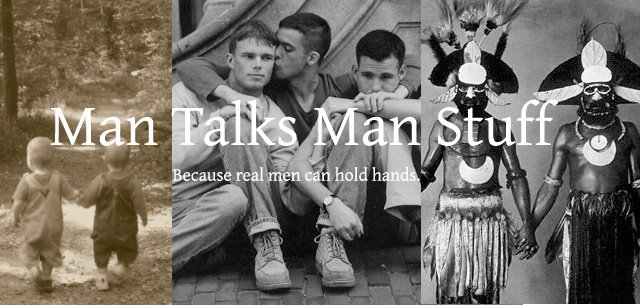Yes. And as it turns out, it isn't too much of a scientifically attested concept either. Funny how a lot of people can blindly follow social constructs without even questioning or learning about them, no?
In speaking of sexual desires and practices between males, I use the term male-male sexuality" rather than the more familiar "homosexuality" for deliberate reasons. To begin with, as I explain in Chapter I, inhabitants of the Japanese archipelago before the last century did not usually draw a conceptual link between male-male and female-female forms of erotic behaviour. Thus to adopt the term "homosexuality," which implies an inherent connection between the two, is to accept uncritically the effects of a discursive process whose very emergence demands historical accounting...
To impose such categories as "homosexuality" and "bisexuality" upon a society or conceptual universe, whether non-European or pre-nineteenth century, in which they would not have been understood in the same sense that they are currently understood, if indeed at all, and in which behaviour often followed patterns quite different from those we associate with them in our own societies, is unwittingly to hide from view the experience of those very historical subjects whom we seek to comprehend.
Even the word "sexuality" invites misinterpretation, so clarification is in order. By "sexuality," I do not mean fixed sexual orientation, as late twentieth century speakers of English tend to do, for instance, when they refer to a particular individual's "sexuality" -- meaning that person's place within the currently canonical trinity of "homosexuality," "heterosexuality," and "bisexuality." For much of the period examined in this study, the notion that each individual possesses a deeply rooted personal identity based on the biological sex of the preferred sexual object or objects (and specifically whether it is the same as or different from her or his own), and the tripartite taxonomy of sexual types that has resulted from this construction, held no currency in Japan, nor had they emerged even in the West.
Credit: Pages 5 and 6, "Cartographies of Desire: Male-male Sexuality in Japanese Discourse, 1600-1950", by Gregory M. Pflugfelder [Published by University of California Press, 1999 ISBN 0520209095, 9780520209091 399 page]
Monday, 23 March 2009
Sexual orientation: a late 20th century concept confined to the West?
Labels:
man-sex,
quotations,
sexual orientation,
sociology,
terminology
Subscribe to:
Post Comments (Atom)






so much to learn, so much to unlearn.
ReplyDeleteIndeed, dabo. But what is needed must be done. So be it. :)
ReplyDelete